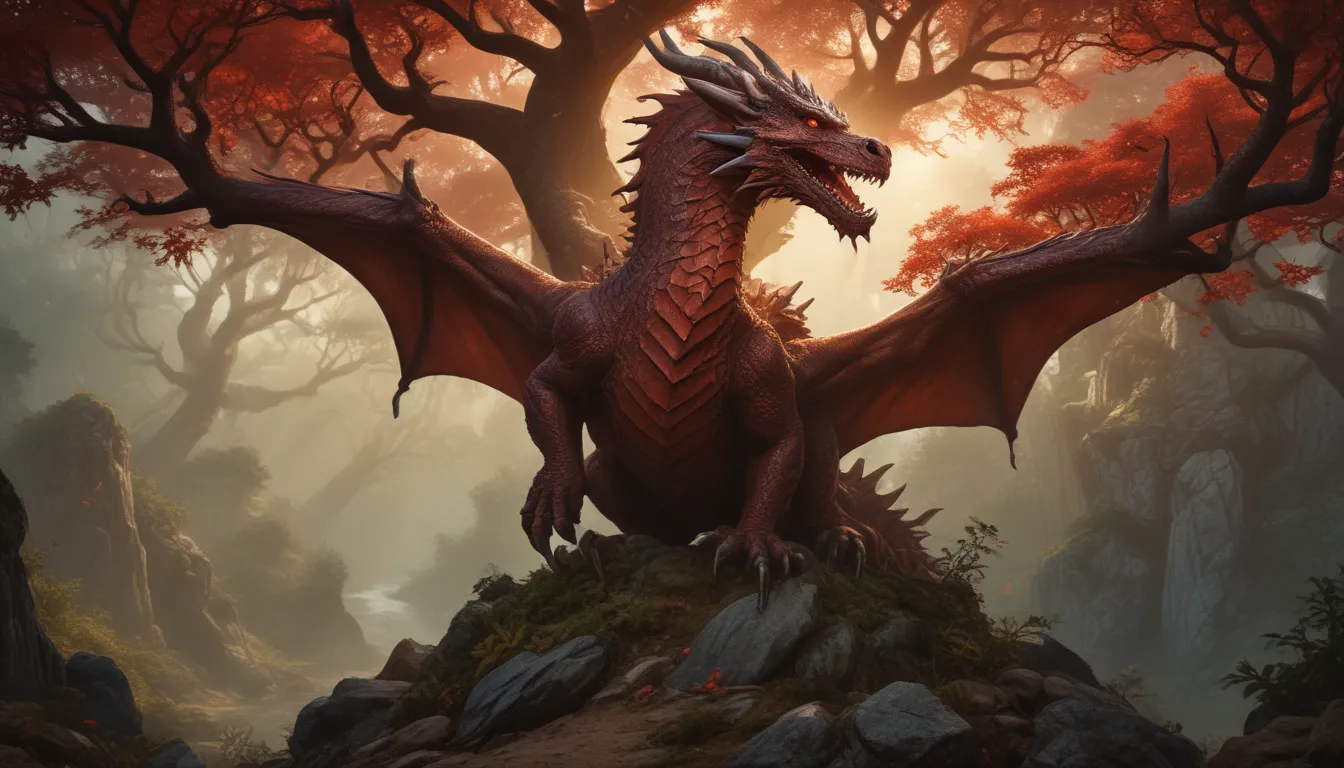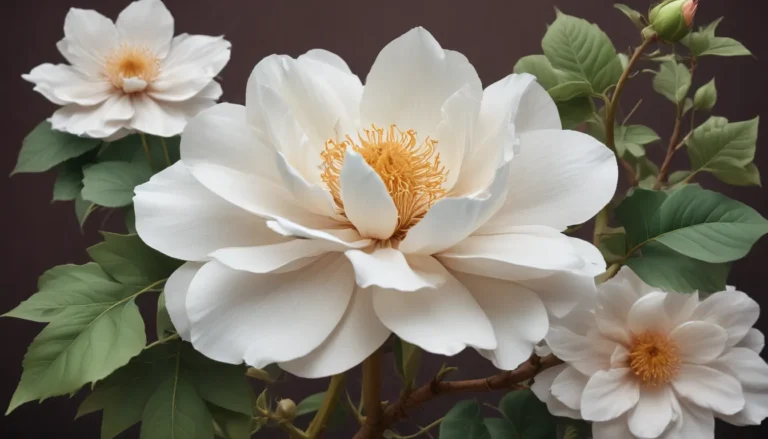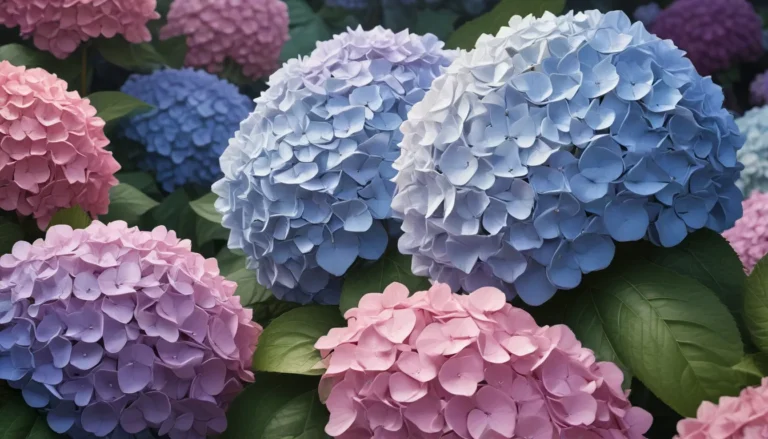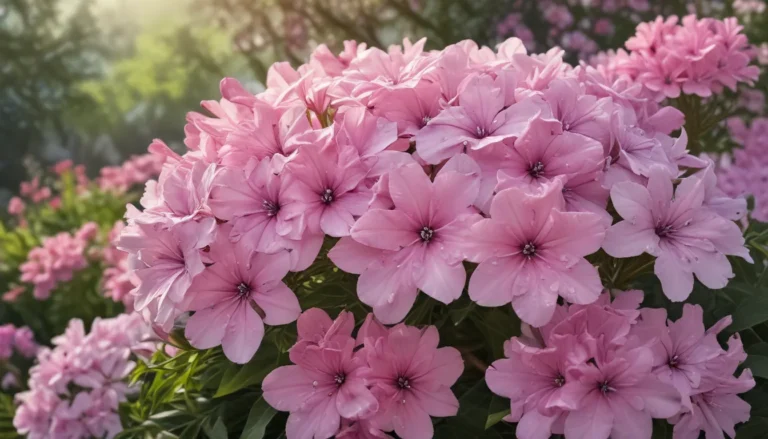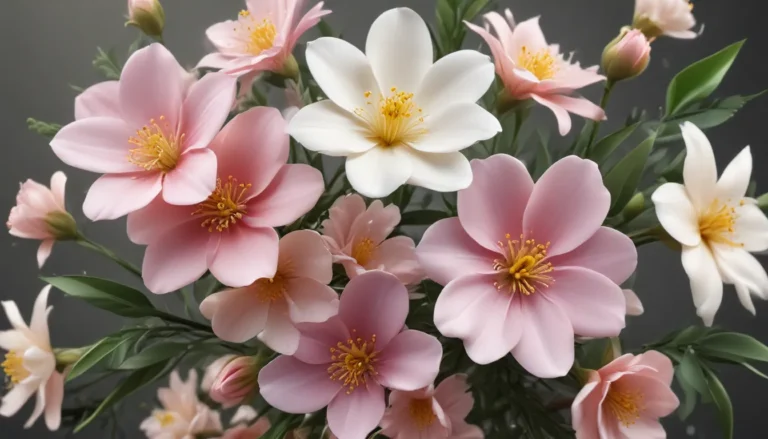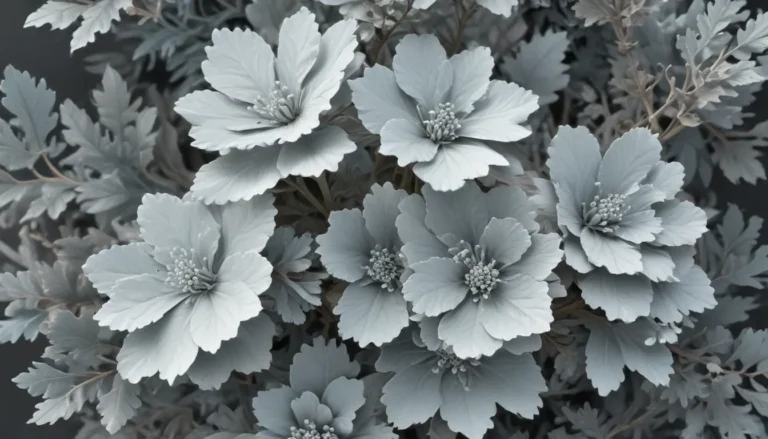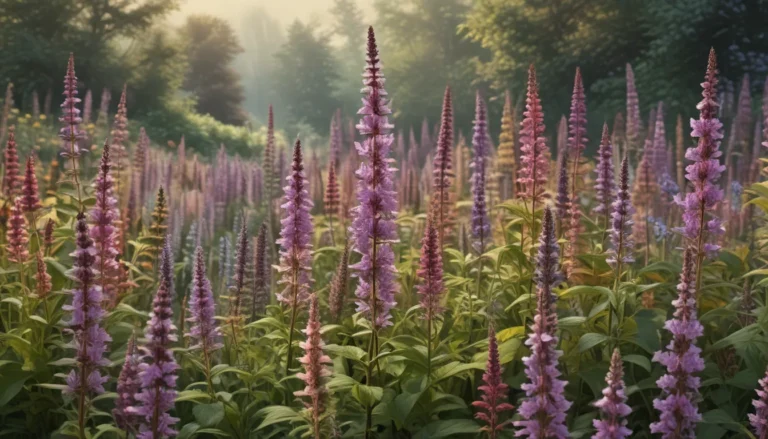The pictures we use in our articles might not show exactly what the words say. We choose these pictures to make you interested in reading more. The pictures work together with the words but don’t take their place. The words still tell you the important facts.
Welcome to the enchanting world of Dragon Blood Trees, where nature's wonders unfold in the remote Socotra archipelago. These captivating plants, scientifically known as Dracaena cinnabari, have fascinated botanists, nature enthusiasts, and travelers with their striking appearance and cultural significance. Join us on a journey to explore 15 intriguing facts about the Dragon Blood Tree, shedding light on its ecological importance, mythological associations, and unique adaptations to its environment.
Journey to Socotra Archipelago
The Dragon Blood Tree calls the Socotra archipelago, a UNESCO World Heritage site situated in the Indian Ocean, its home. This isolated island chain boasts a diverse array of flora, making it a paradise for those seeking to witness nature's wonders in a pristine environment.
Distinctive Canopy and Resin
The umbrella-shaped canopy of the Dragon Blood Tree, adorned with spirally arranged clusters of leaves, sets it apart from other tree species and adds to its mystique. However, what truly captures the imagination is the deep red resin the tree produces, often referred to as "dragon's blood." This valuable resin has been prized for centuries for its medicinal properties, traditional uses in dyes, and ritual ceremonies.
Cultural Significance and Folklore
Embedded in the folklore and traditions of the Socotra inhabitants, the Dragon Blood Tree holds a special place with its mystical properties and medicinal benefits. Revered for generations, this iconic plant symbolizes resilience and strength, reflecting the deep connection between nature and local customs.
Survival in Harsh Conditions
Thriving in arid and semi-arid climates, the Dragon Blood Tree has evolved remarkable adaptations to survive in its challenging environment. Its ability to store water in its trunk and withstand minimal resources showcases its resilience in the face of harsh conditions, making it a true survivor in its rugged habitat.
Slow and Steady Growth
Despite its hardy nature, the Dragon Blood Tree exhibits a slow growth rate, taking decades to reach maturity. This leisurely pace adds to its air of ancient wisdom, captivating all who encounter it with its slow but steady progress through the ages.
Conservation Challenges
With its limited distribution and the impacts of climate change threatening its habitat, the Dragon Blood Tree faces conservation challenges. Efforts to protect and preserve this iconic species are essential to ensure its survival for future generations to appreciate and study.
Ecological Harmony
Playing a vital role in the Socotran ecosystem, the Dragon Blood Tree provides shelter and sustenance for a diverse range of wildlife, contributing to the overall biodiversity of the archipelago. Its presence underscores the intricate web of life on the island.
Medicinal Wonders
Traditional healers have long utilized the tree's resin for its alleged medicinal properties, using it as a remedy for various ailments. This traditional use reflects the tree's importance in local medicine and highlights the sustainable practices of the indigenous community.
Botanical Rarity and Symbolism
As an endemic species found exclusively in its native habitat, the Dragon Blood Tree is a botanical rarity that adds to its allure. Its limited distribution and unique characteristics make it a symbol of resilience and adaptation in the face of adversity.
Mythical Allure
The evocative name and appearance of the Dragon Blood Tree have spawned mythological associations, with legends attributing mystical powers to the tree and its resin. These myths have further enhanced its cultural significance and enigmatic appeal.
Reproductive Strategy and Propagation
The tree's reproductive strategy involves the production of small, berry-like fruits that are consumed by birds, enabling seed dispersal across the island. This intricate process is essential for the tree's continued propagation, ensuring its presence in the vibrant ecosystem of Socotra.
Inspiration for Resilience
The Dragon Blood Tree serves as an inspiring symbol of resilience and adaptability, showcasing nature's ability to thrive in harsh environments and withstand the tests of time. Its presence in the rugged landscapes of Socotra is a reminder of the enduring strength of the natural world.
Botanical Wonder and Research
Botanists and plant enthusiasts alike are drawn to the Dragon Blood Tree for its unique appearance and ecological significance. This captivating species continues to inspire research and conservation efforts, shedding light on the interconnectedness of plants, ecosystems, and human societies.
Eco-Tourism Magnet
The otherworldly beauty of the Dragon Blood Tree and its surroundings have turned the Socotra archipelago into a popular destination for eco-tourism. Visitors from around the world are drawn to witness the remarkable beauty of these iconic trees in their natural habitat.
Unveiling Nature’s Tapestry
In conclusion, the Dragon Blood Tree stands as a living testament to the wonders of the natural world, captivating all who encounter it with its unique features and enduring presence in the rugged landscapes of the Socotra archipelago. By understanding and appreciating this remarkable species, we gain insight into the intricate connections between plants, ecosystems, and human societies, contributing to the preservation of biodiversity and the richness of life on our planet.
FAQs
What is the significance of the Dragon Blood Tree in its native region?
The Dragon Blood Tree holds cultural and ecological significance in its native region of Socotra, Yemen. It is revered for its unique appearance and the valuable resin it produces, which has been used for various purposes for centuries.
How does the Dragon Blood Tree adapt to its environment?
The Dragon Blood Tree has evolved remarkable adaptations to survive in its harsh, arid environment. Its distinctive umbrella-shaped canopy helps collect moisture from fog and channel it to the roots, enabling the tree to thrive in the rocky, dry landscapes of Socotra.
Embark on a journey of discovery, exploring the mystique of Dragon Blood Trees and unraveling the secrets of the Socotra archipelago's natural wonders. Join us in celebrating nature's resilience and beauty, one tree at a time.
